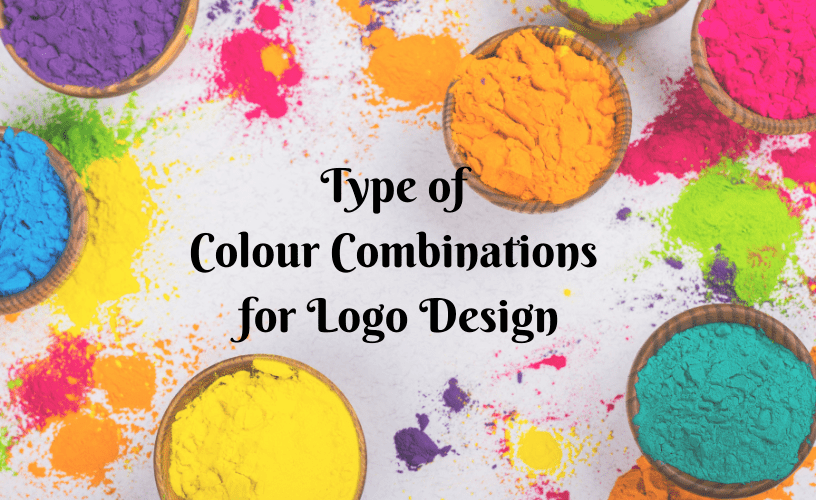Designing a logo is not an easy task. There are so many factors to consider - the colours, the text, what it will look like on different types of backgrounds... The list goes on and on! In this blog post we'll take a look at some tried and true combinations that you might want to keep in mind as you're designing your own logo. Refer to Adobe Color CC for more details: https://color.adobe.com/create/color-wheel

1) Logo Design with One Colour
This is a very popular choice for many reasons. In logo design, you want your logo to be easily identifiable and memorable - so choose one colour that will stand out. Then try adding some shading or other details in another shade of the same colour! Shading can drastically change what an image looks like , so use it to your advantage.
2) Two Colour Logo Design
Using two colours in a logo design has its advantages, as well! As you can see from Coca Cola's famed red and white logo, this is an amazing combination that will be easily recognizable for years to come. You'll also want to make sure the text colour you choose is legible.
3) Analogous Color Scheme
Although very similar in its appearance to monochromatic color schemes, this one actually uses three different colors that sit next to each other on the wheel. It's great for a minimalist look or if you're just looking to choose something simple and easy on the eyes.
4) Monochromatic Colour Combinations
This combination makes use of different shades within the same colour family, and can be very striking when done right! You'll want to make sure you're using a minimal amount of colours so it doesn't look too busy or out-of-place - but this will also depend on the design or brand you're trying to create!
5) Triadic Colour Combinations
This is a combination that is made up of three colours, and can be quite striking. You'll want to make sure your text is legible - using the same colour for both will look great! As with other combinations, try not to overdo it - one or two colours is perfect for a logo.
6) Complementary Colour Combinations
This makes use of two opposite colors on the color wheel, which creates a very bold and striking effect. If you're looking to create something eye-catching, then this colour combination might be right up your alley! Just like with other colour combinations, try to avoid using too many colors.
6) Split Complementary Colour Combinations
This combination is a slight variation on the complementary color scheme; it uses two colours from one side of the opposite color instead of both sides. If you want something that's still bold and striking but not as much so as with the complementary color scheme, this is a good option.
Conclusion
The analogous color scheme is a great option if you're looking for something that's still simple and easy on the eyes but has just enough variation to be intriguing.